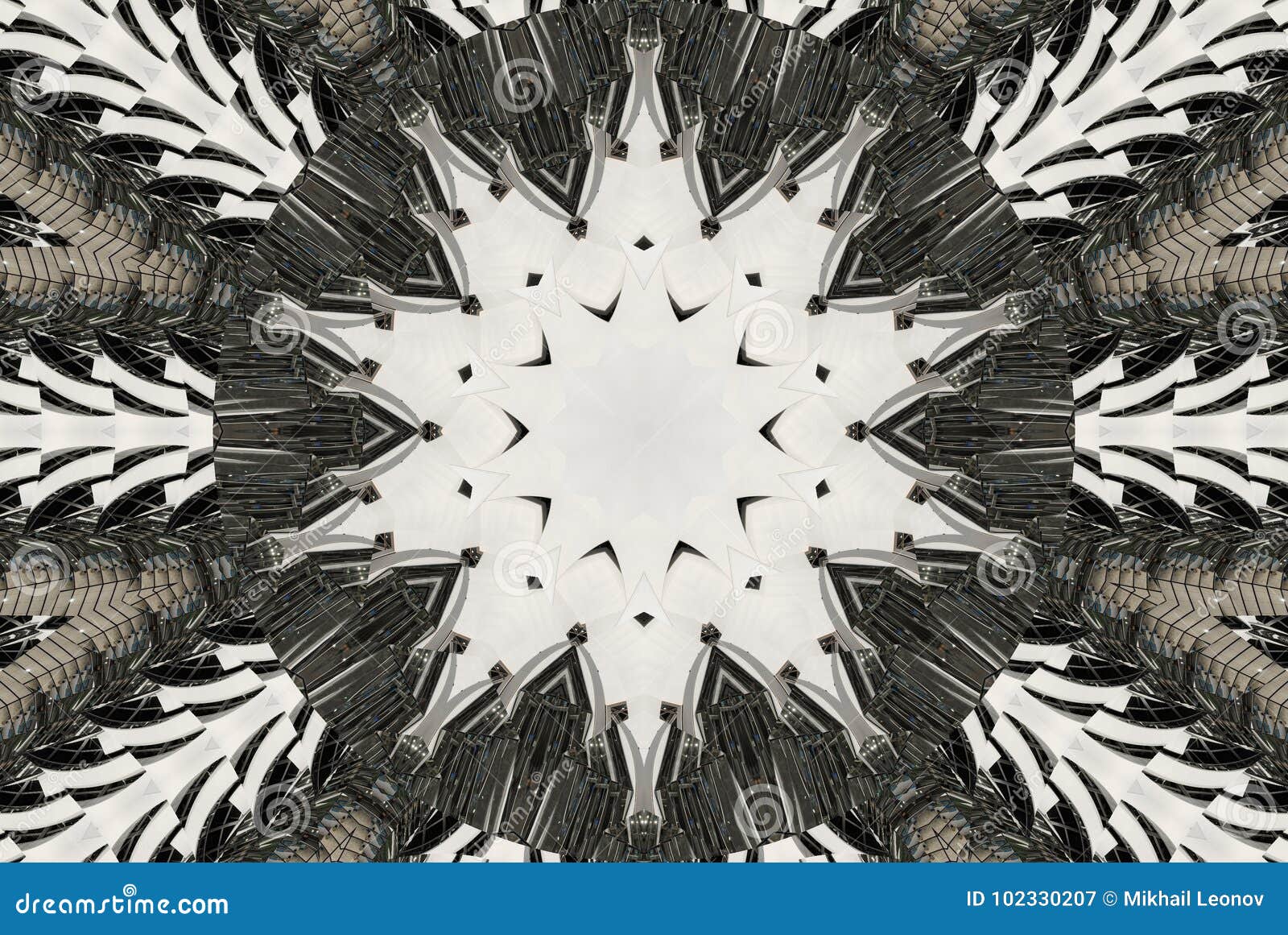

People should relax and wait for their vision to return to normal before moving around, driving, or operating machinery. Having kaleidoscope vision can be frightening, but this symptom will typically pass in a few minutes. Massaging the scalp and applying a damp cloth to the forehead may help alleviate migraine pain.

Retinal migraine may produce symptoms similar to those of ocular migraine, but these are two distinct conditions. The authors suggest that this structural difference may make the visual cortex on the affected side significantly more sensitive to neuronal activity. According to the authors, the affected and unaffected sides of the brain showed noticeable differences in the thickness of certain areas of the cortex, or gray matter. Around 20% of people with migraine experience some type of aura.Ĭurrent scientific evidence suggests that ocular migraine occurs due to structural abnormalities in the visual cortex.Ī 2015 study examined the MRI data of people who have one-sided ocular migraine. Migraine and severe headaches affect approximately 1 in 6 adults in the United States. Migraine episodes with visual symptoms are called visual, or ocular, migraines. However, more serious causes can also bring on this symptom, such as retinal migraine or a stroke, as the following sections discuss. Most often, migraine causes kaleidoscope vision. Kaleidoscope vision is a type of altered visual aura. People who have altered auras might see things move in waves, or objects might appear to them as abnormally large or small. Instead, it changes the way a person views the world around them. Altered aura: This neither adds nor subtracts from a person’s vision.They may have blind spots, tunnel vision, or total loss of vision in one or both eyes. Negative aura: This occurs when a person experiences partial or total vision loss.This will usually be dark zig-zag lines, dots, or flashing bulbs. Positive aura: This occurs when a person sees something that is not actually there.Visual auras can occur with or without headache pain and can affect one or both eyes.Īuras can also affect a person’s sense of smell, touch, and hearing. In most cases, auras are due to migraine. Auras occur in response to a sudden increase in neuronal activity. Kaleidoscope vision is just one type of aura. This visual symptom can occur in one or both eyes but might affect only a small portion of the visual field.

When a person has kaleidoscope vision, their brain creates fractured or brightly colored images similar to those a person might see when they look through a kaleidoscope. Kaleidoscope vision may occur in one or both eyes.


 0 kommentar(er)
0 kommentar(er)
